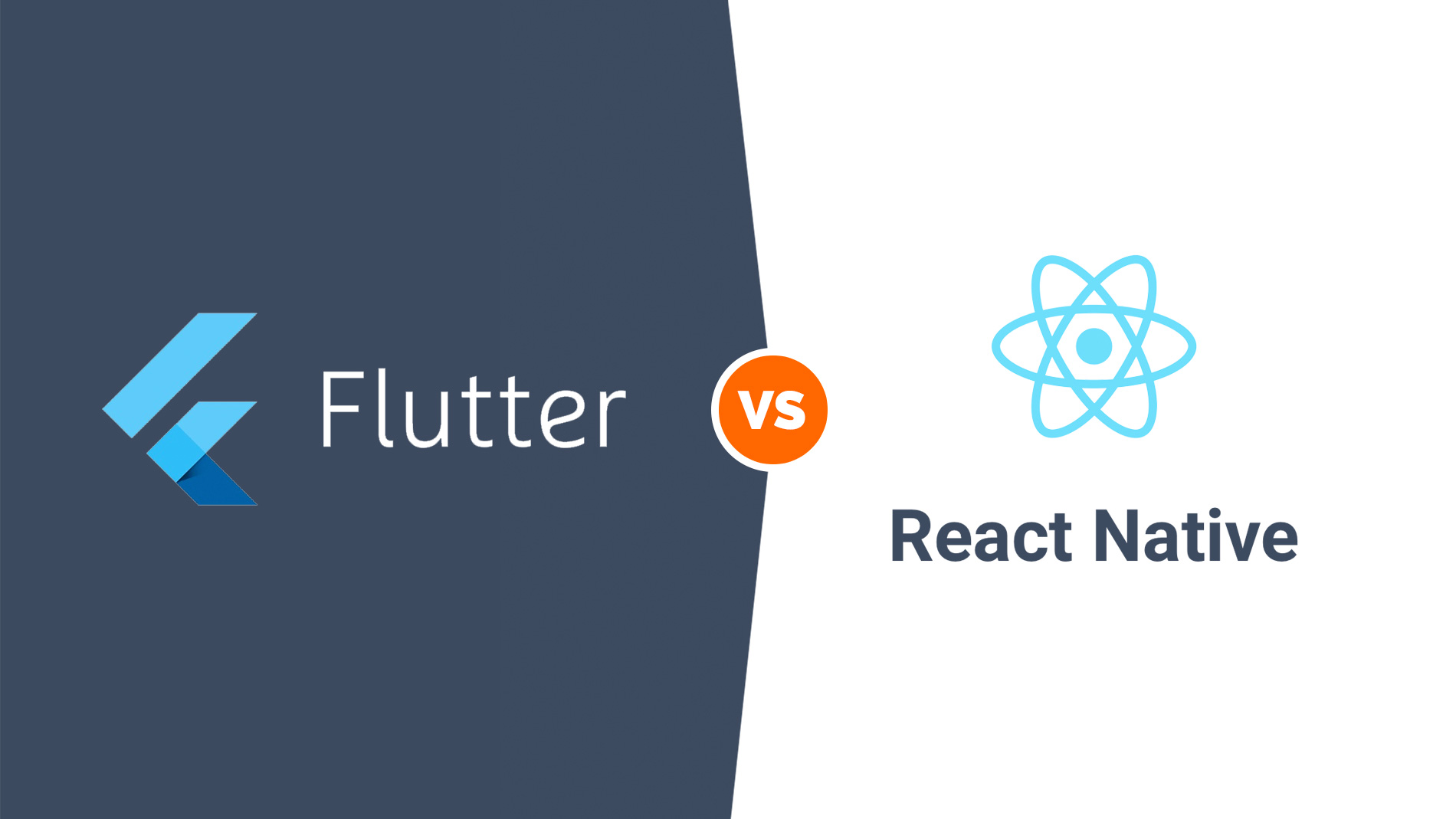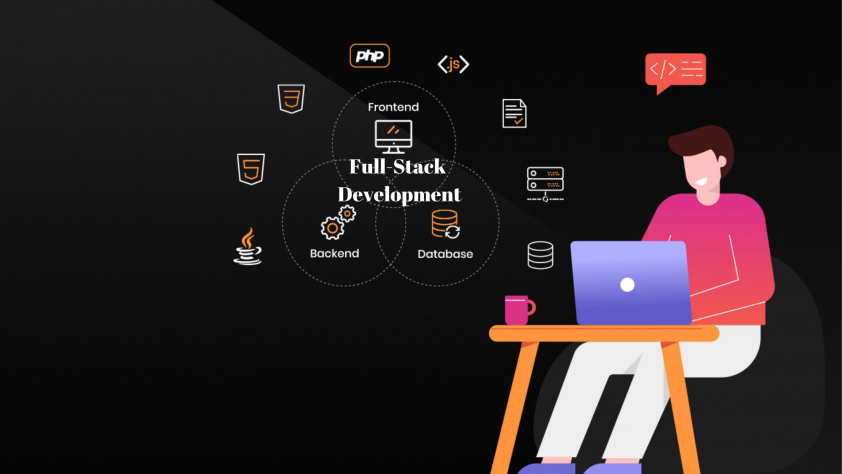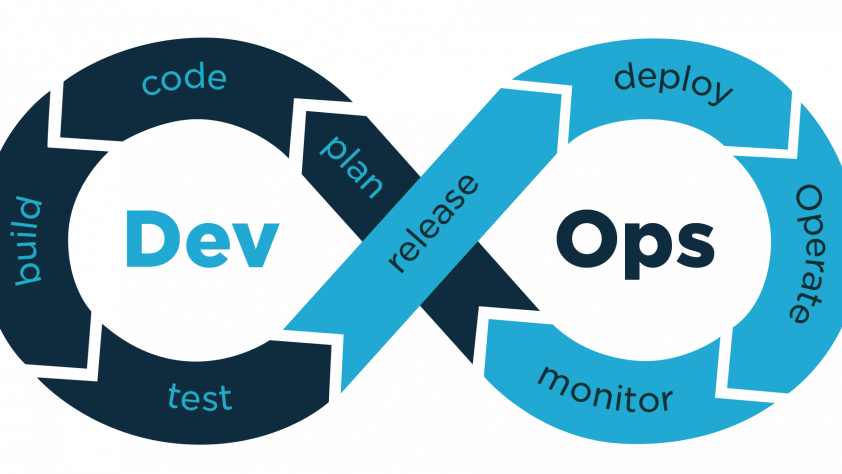In the rapidly evolving world of mobile app development, cross-platform frameworks have emerged as a game-changer. Among these, Flutter and React Native have gained significant attention. This article aims to provide an in-depth comparison of these two leading frameworks.
Understanding Flutter

Flutter, developed by Google, has quickly risen to prominence since its inception. It uses Dart as its programming language and offers a rich set of widgets for creating highly customizable UIs. One of the key advantages of Flutter is its ability to provide a native-like performance. A prime example of a successful app built with Flutter is the popular Alibaba app, which showcases the framework’s capabilities.
Understanding React Native
React Native, backed by Facebook, leverages JavaScript— one of the most widely used programming languages. It allows developers to build mobile apps using React along with native platform capabilities. Its ‘learn once, write anywhere’ philosophy has been appreciated by developers worldwide. Apps like Facebook, Instagram, and Airbnb are testament to the power and versatility of React Native.
Flutter vs. React Native: A Comparative Analysis
When comparing Flutter and React Native, several factors come into play. While both use different programming languages (Dart for Flutter and JavaScript for React Native), they both offer high performance, with slight differences depending on the use case.
In terms of UI/UX, Flutter’s rich widget library allows for more customization options. However, React Native, with its ‘write once, use anywhere’ approach and JavaScript foundation, often results in faster development cycles.
Community support is robust for both frameworks, but given JavaScript’s popularity and longer presence in the market, React Native currently has a larger community.

Choosing Between Flutter and React Native
The choice between Flutter and React Native would largely depend on your specific needs and circumstances. If your team has expertise in JavaScript and you aim for quicker development cycles, React Native could be the way to go. On the other hand, if you’re looking for more customization options and are willing to work with Dart, then Flutter might be a better fit.
Conclusion
Both Flutter and React Native have their strengths and are capable of building high-quality cross-platform apps. The choice between the two would depend on various factors such as the project requirements, team expertise, and long-term goals. As these frameworks continue to evolve, they promise an exciting future for cross-platform mobile app development.



